
Exploring the Wonders of Phou Den Din National Biodiversity Conservation Area
Discover the untouched beauty and diverse wildlife of Phou Den Din National Biodiversity Conservation Area in Laos, a true haven for nature lovers.
Phou Den Din National Biodiversity Conservation Area is a stunning destination for nature lovers and adventurers alike. Nestled in the heart of Laos, this national park showcases a rich diversity of flora and fauna, breathtaking landscapes, and tranquil hiking trails that promise an unforgettable experience. Whether you're a seasoned hiker or simply seeking to immerse yourself in nature, Phou Den Din invites you to explore its pristine beauty.
A brief summary to Phou Den Din National Biodiversity Conservation Area
- X98V+RPW, Keng Khan, LA
Local tips
- Wear sturdy hiking boots as the trails can be rugged and steep.
- Bring a camera to capture the stunning landscapes and wildlife.
- Consider hiring a local guide for an enriched experience and to spot rare species.
- Pack plenty of water and snacks, as amenities are limited within the park.
- Visit during the dry season for the best hiking conditions and wildlife sightings.
Getting There
-
Car
If you are traveling by car from the town of Phongsaly, head northwest on Route 1. Continue for approximately 50 kilometers until you reach the village of Keng Khan. Look for the signs leading to Phou Den Din National Biodiversity Conservation Area, which is located just outside of Keng Khan. The entrance is marked, and you can park your vehicle at designated parking areas near the entrance.
-
Public Transportation
From Phongsaly town, you can take a bus or minivan to Keng Khan. Buses typically depart from the central bus station in Phongsaly. The journey takes about 1.5 to 2 hours, depending on road conditions. Upon arriving in Keng Khan, you can either walk to the national park entrance, which is approximately 5 kilometers from the town center, or hire a local tuk-tuk for a small fee (around 20,000 LAK or $2.00). Make sure to confirm the fare before the ride.
-
Tuk-Tuk
If you are already in Keng Khan and need to reach Phou Den Din National Biodiversity Conservation Area, you can hire a tuk-tuk. The ride to the entrance of the park should cost around 20,000 to 30,000 LAK (approximately $2.00 to $3.00). Ensure you negotiate the price before starting your journey. The tuk-tuk will take you directly to the entrance, making it a convenient option.
Discover more about Phou Den Din National Biodiversity Conservation Area
Iconic landmarks you can’t miss
Phongsaly museum of ethnic groups
43.6 km
Explore the rich cultural heritage of Laos at the Phongsaly Museum of Ethnic Groups, where diverse traditions and stories come to life.
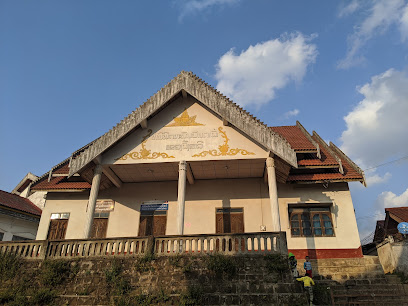
Phongsaly Tourists Information
43.8 km
Explore Phongsaly's hidden treasures with comprehensive insights from Phongsaly Tourists Information, your local travel guide to adventure.
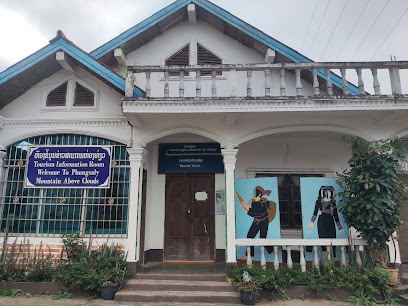
Tượng đài Chiến Thắng Điện Biên Phủ
90.8 km
Explore the Điện Biên Phủ Victory Monument, a remarkable war memorial reflecting Vietnam's rich history and the resilience of its people.
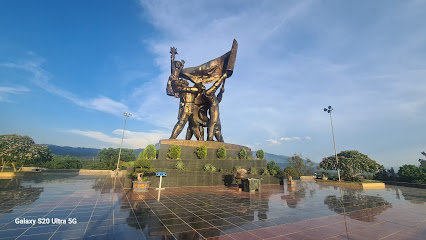
Nam Quan
96.8 km
Discover the enchanting beauty of Nam Quan, a stunning mountain peak in Dien Bien, Vietnam, perfect for adventure seekers and culture enthusiasts.

bus station
99.2 km
Experience the vibrant atmosphere of Muang Khua Bus Station, your gateway to discovering the breathtaking landscapes and culture of Laos.
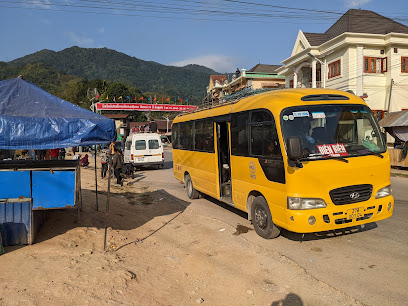
Unmissable attractions to see
ພູພັນແປດຮ້ອຍ 1800 Mountain
24.0 km
Explore the breathtaking views and serene trails of 1800 Mountain, a captivating tourist attraction nestled in the heart of Kou Tchou Lin, Laos.
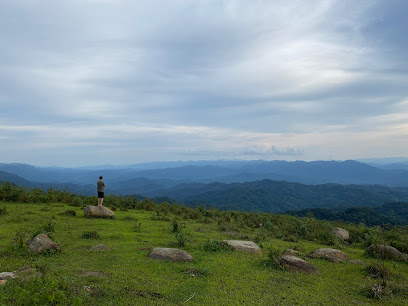
Phu Fa ພູຟ້າ
42.8 km
Explore the breathtaking landscapes and tranquil ambiance of Phu Fa, a hidden gem in Phongsali, Laos, perfect for nature lovers and adventurers.
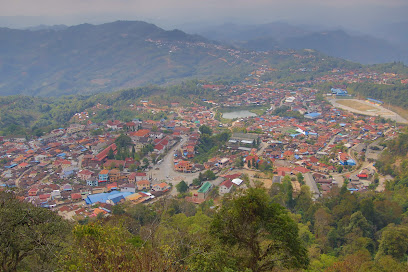
#ວົງວຽນຜົ້ງສາລີ #Circle center of the town
43.3 km
Explore the enchanting gardens of Phongsali, a natural retreat offering serenity, vibrant flora, and stunning landscapes in the heart of Laos.
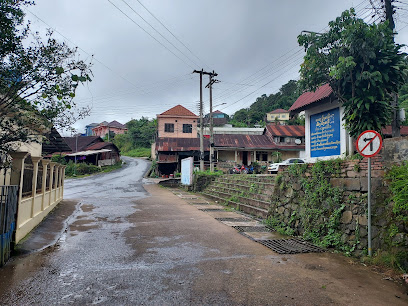
Winer and seven
56.7 km
Discover the tranquil beauty of Winer and Seven in Phongsali, Laos, where lush gardens offer a peaceful escape into nature's embrace.

Vong stv garden
56.8 km
Explore the breathtaking Vong Stv Garden in Boun Neua, Laos—a serene retreat filled with lush greenery and vibrant floral displays, perfect for relaxation and photography.

ຈຸດຊົມວິວເມືອງອູໃຕ້
62.6 km
Experience breathtaking landscapes and rich cultural heritage at this enchanting tourist attraction in Laos, perfect for adventurers and culture seekers alike.

ບ້ານນ້ຳຍ່ອງໃກ່ມ
66.0 km
Explore the tranquil beauty and rich culture of Ban Namyong Mai, a hidden gem in Laos perfect for an authentic travel experience.

A1 Hill
91.5 km
Discover the rich history and serene beauty of A1 Hill, a memorial park in Dien Bien, Vietnam, honoring the bravery of the past.
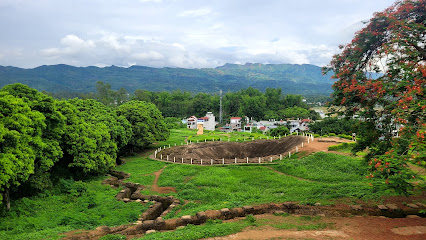
ນາລຸງສະຫວັນປ້າສີ
97.1 km
Explore the serenity of Huai Sang Nin Garden, a lush retreat in Laos, perfect for relaxation and a deeper connection with nature.

Muang Khua viewpoint
99.3 km
Discover the stunning panoramic views of Muang Khua from the breathtaking viewpoint, a hidden gem in Laos perfect for nature lovers and photographers.

Markets, malls and hidden boutiques
Sone lao coffee shop
43.4 km
Discover the tranquil charm of Sone Lao Coffee Shop in Phôngsali, where rich Lao coffee meets stunning natural beauty.

ຮ້ານ ສີພອນ
43.6 km
Explore authentic handicrafts and local culture at ຮ້ານ ສີພອນ in Phôngsali, a must-visit store for every tourist.
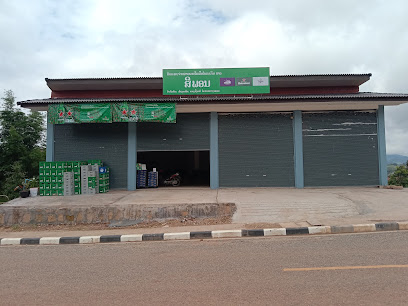
Aliang mobile phone
43.6 km
Discover top-notch mobile devices and accessories at Aliang Mobile Phone in Phôngsali, where technology meets local charm.

Tea Shop Koui Ing
43.7 km
Discover the tranquil charm of Tea Shop Koui Ing in Phôngsali, where exquisite teas and local culture meet in a cozy setting.
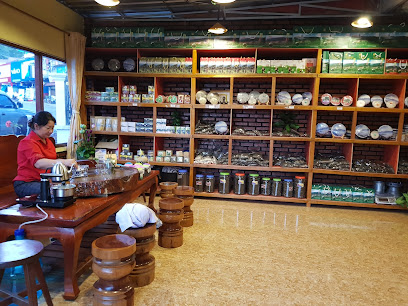
ຮ້ານ ຂາຍຢາ ດາວມີໄຊ
43.7 km
Explore the rich local culture at ຮ້ານ ຂາຍຢາ ດາວມີໄຊ in Phôngsali, where unique products and authentic experiences await every visitor.

Roadside grocery store
52.9 km
Explore the local charm at this roadside grocery store, a must-visit for authentic products and delightful snacks during your travels.
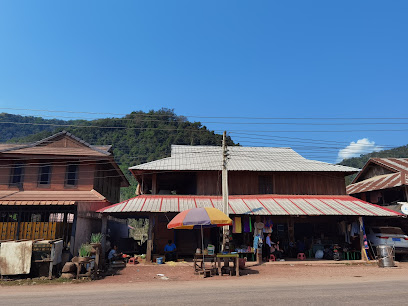
ຮ້ານ ຂາຍເຄື່ອງຍ່ອຍ (ບຸນໄຊຫມອນ)
58.4 km
Discover a treasure trove of local goods at ຮ້ານ ຂາຍເຄື່ອງຍ່ອຍ (ບຸນໄຊຫມອນ), your gateway to authentic Laotian flavors in Ban Chicho.
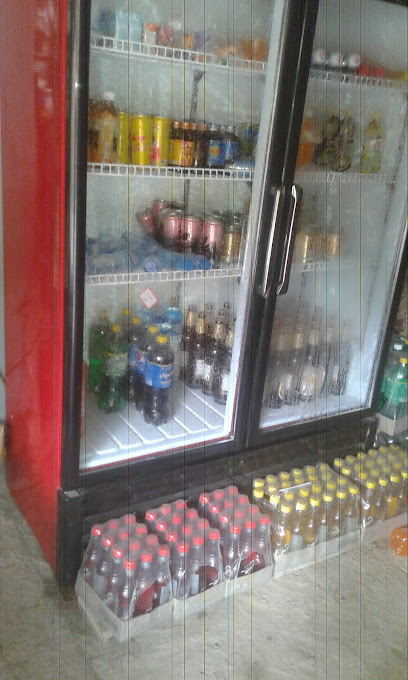
ສວນບ້ານນ້ອຍຊຽງດາ
60.5 km
Explore the beauty of Laotian craftsmanship at ສວນບ້ານນ້ອຍຊຽງດາ, where every item tells a story.

ຮ້ານຂາຍແລະສ້ອມແປງໂທລະສັບ Bien mobile
61.1 km
Explore cutting-edge technology and exceptional service at Bien Mobile, the leading electronics store in Boun Neua for all your mobile needs.
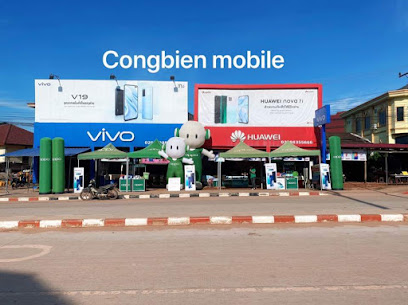
ຮ້ານ ນາງ ບົວໄຂ ກິ່ງມາລາ
61.2 km
Explore the unique Laotian craftsmanship at ຮ້ານ ນາງ ບົວໄຂ ກິ່ງມາລາ, a must-visit store in Boun Neua for authentic local goods.
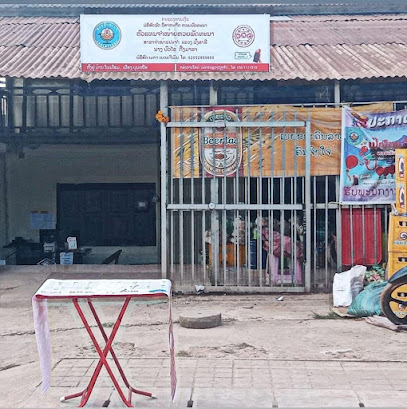
ຕຸກຕາຜ້າໄໝ
61.3 km
Explore authentic Lao fashion at ຕຸກຕາຜ້າໄໝ, where tradition meets modern style in the heart of Boun Neua.

Boun Neua laos supermarket
61.4 km
Experience the vibrant local culture at Boun Neua's supermarket, where fresh produce and regional delicacies await your discovery.
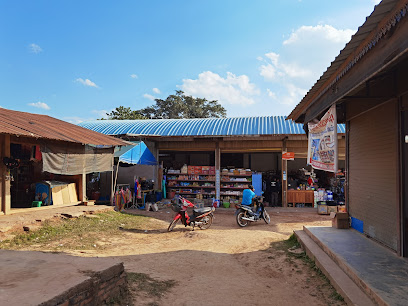
ຮ້ານຂາຍເຄື່ອງສະອາງ ມາລີວິວຕີ້ຊ໋ອບ
61.4 km
Experience the vibrant local culture and culinary delights at ຮ້ານຂາຍເຄື່ອງສະອາງ ມາລີວິວຕີ້ຊ໋ອບ, a grocery store in Boun Neua, Laos.

Phongsaly Province Products Shop(ODOP)
61.5 km
Experience the essence of Phongsaly through local products at ODOP Products Shop, a grocery store showcasing authentic flavors and crafts.

Phonethet Non-Consumer Goods, Wholesale-Retail, Phonhome B. Bounpuea (Branch 2)
61.6 km
Discover the essence of local life at Phonethet Non-Consumer Goods, where every visit reveals unique cultural treasures and community spirit.

Essential bars & hidden hideouts
ນາລີ
43.3 km
Experience the authentic flavors of Laotian cuisine at ນາີ, a charming restaurant in the heart of Phôngsali.

ພູຟ້າ ປານິນ-ຊີ້ນດາດ
43.3 km
Savor authentic Laotian dishes in the heart of Phôngsali, where local ingredients and traditional recipes create an unforgettable dining experience.

Ponesith Restaurant
43.5 km
Discover the authentic flavors of Laos at Ponesith Restaurant, a must-visit dining spot in Phôngsali offering traditional dishes in a cozy atmosphere.
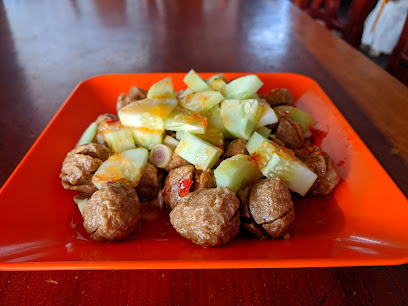
Chinese Snack Bar
43.7 km
Experience the vibrant flavors of Hong Kong-style fast food at the charming Chinese Snack Bar in Phôngsali, a culinary gem in Laos.

Faenmai Food and Drink
43.9 km
Experience the authentic flavors of Laos at Faenmai Food and Drink, a hidden gem in Phôngsali offering delightful culinary experiences.

ຮ້ານອາຫານຊົມວິວ
43.9 km
Unwind at ຮ້ານອາຫານຊົມວິວ, the perfect bar in Phôngsali to experience local drinks and warm Lao hospitality.

The SomView Restaurant
43.9 km
Experience the best of Asian cuisine at The SomView Restaurant in Phôngsali, where every meal is a cultural journey.

Nok Restaurant
43.9 km
Discover the authentic flavors of Laos at Nok Restaurant in Phôngsali, where traditional cuisine meets warm hospitality.

ຮ້ານອາຫານໜອງຂຽວ
44.3 km
Experience the authentic taste of Laotian cuisine at ຮ້ານອາຫານໜອງຂຽວ, where local flavors come to life in the heart of Phôngsali.
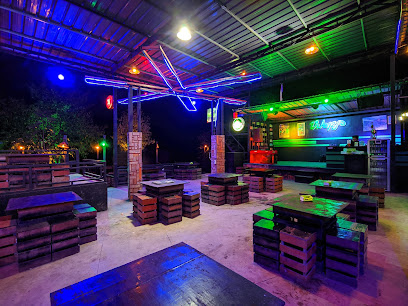
ເພື່ອນມິດ
45.2 km
Discover the authentic flavors of Laos at ເພື່ອນມິດ, a must-visit restaurant in Phôngsali for an unforgettable culinary journey.
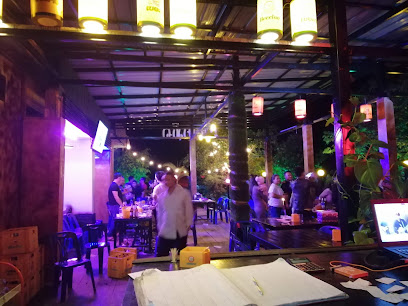
ຮ້ານສາຍລົມເຢັນ (ບັນເທີງ ແລະ ກິນດື່ມ)
45.8 km
Experience the rich flavors of Lao cuisine at ຮ້ານສາຍລົມເຢັນ in Phôngsali, where each dish tells a story of culture and tradition.

ຮ້ານອາຫານ SKY90
63.9 km
Experience lively nights and stunning views at SKY90, the ultimate bar in Ban Phanh for cocktails and socializing.

ເຍ້ຂ
64.6 km
Discover the lively atmosphere of ເຍ້ຂ, where locals and tourists gather to enjoy drinks, music, and a taste of authentic culture in Yot Ou District.

ແຊວຈ້າຍ
84.7 km
Discover the lively ambiance and diverse drink selections at ແຊວຈ້າຍ, a vibrant bar in the heart of Ban Xeochay, perfect for socializing and relaxation.

ຮ້ານເອັມທູເຄ (M2K) ບ.ນ້ຳລີ
89.3 km
Experience the lively spirit of karaoke at M2K Karaoke Bar in Ban Nam Li, where music, fun, and local culture unite for an unforgettable night out.




